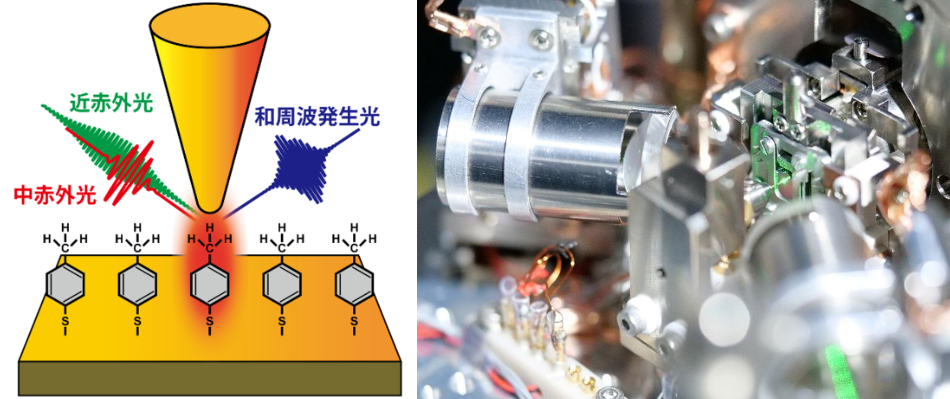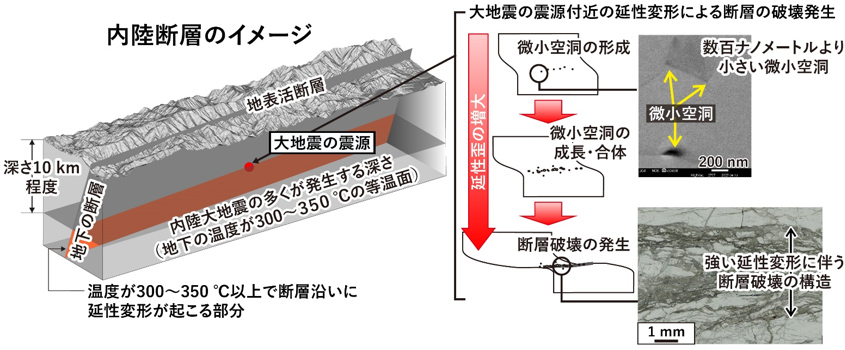2025-05-12 分子科学研究所

<関連情報>
探針増強和周波発生による分子振動ナノ分光 Tip-Enhanced Sum Frequency Generation for Molecular Vibrational Nanospectroscopy
Atsunori Sakurai,Shota Takahashi,Tatsuto Mochizuki, and Toshiki Sugimoto
Nano Letters Published: April 10, 2025
DOI:https://doi.org/10.1021/acs.nanolett.4c06065
Abstract
Vibrational sum frequency generation (SFG) is a nonlinear spectroscopic technique widely used to study the molecular structure and dynamics of surface systems. However, the spatial resolution achieved by far-field observations is constrained by the diffraction limit, obscuring molecular details in inhomogeneous structures smaller than the wavelength of light. To overcome this limitation, we developed a system for tip-enhanced SFG (TE-SFG) spectroscopy based on a scanning tunneling microscope. We successfully detected vibrational TE-SFG signals from adsorbed molecules on a gold substrate under ambient conditions. The phase analysis of interferometric SFG spectra provided information on molecular orientation. Furthermore, the observed TE-SFG signal was confirmed to originate from a highly localized region within a gap between the tip apex and the sample substrate. This method offers a novel platform for nonlinear optical nanospectroscopy, paving the way for the investigation of surface molecular systems beyond the diffraction limit.



